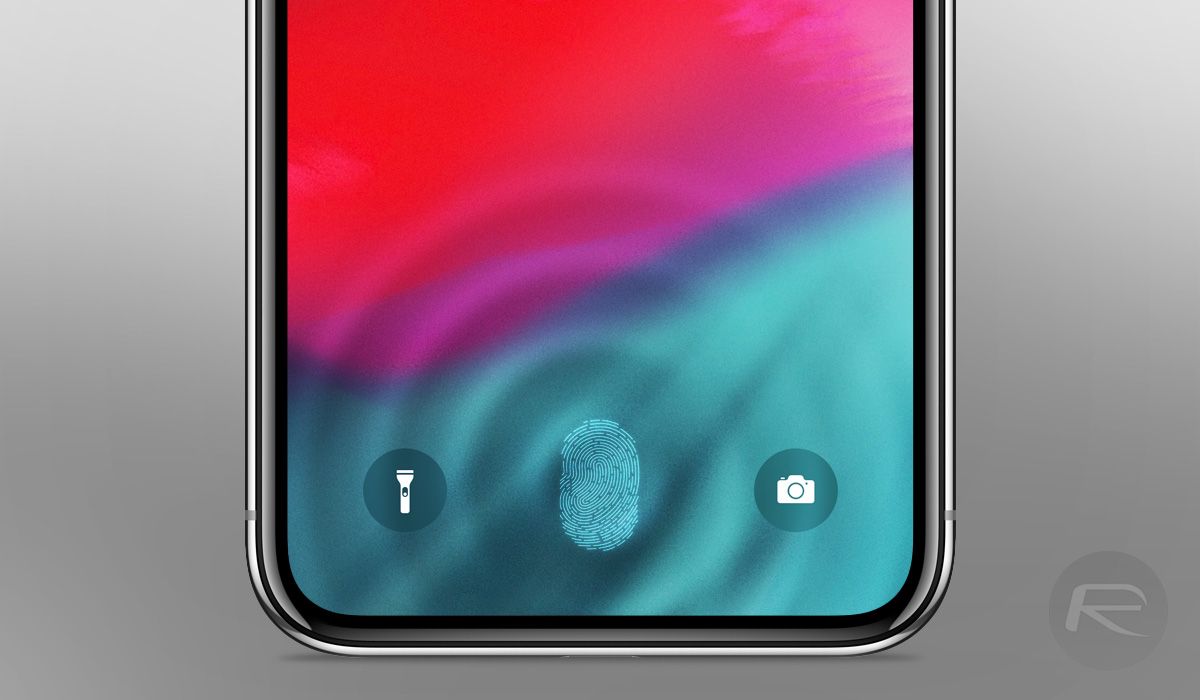Touch ID has been reduced to a partial role since the iPhone X of 2017. Of course, it is present in cheaper iPhones and iPads, where thick bezels are more acceptable, but for Apple’s main products – the iPhone 11 to 12 and the Newer iPads – it’s been replaced with Face ID.
Apparently, that may not be the case with the iPhone 13. The TouchID may be back, albeit with a big difference.
In the Wall Street Journal, Joanna Stern writes that “two former Apple employees” told her that the company is considering introducing Touch ID and Face ID on the new iPhone. This would make sense in a year when the use of the face mask continued to make facial authentication impossible.
The good news is that this is not a return to the thick chin frame where the fingerprint sensor used to live. Instead, Apple is supposed to switch to an on-screen fingerprint reader – a feature that has been present on high-end Android devices for the past two years, but has yet to appear on anything running iOS.
Interestingly, Apple may not follow Samsung in using Qualcomm’s super-fast ultrasonic fingerprint detection technology seen on the Galaxy S21. Although Qualcomm declined the WSJ’s request for comment, a former Apple employee said the company was working with optical sensors due to its perceived reliability in relation to ultrasonic technology. An Apple patent last year described how an optical sensor can detect fingerprints placed anywhere on the screen.
The source emphasized something that could stop anything too ambitious. Any fingerprint sensor on the screen, they said, would have to meet the Touch ID security standards implemented on the iPhone SE, some iPads and some MacBooks.
The essence of the piece is that many of the new and exciting features of the iPhone 13 have already been seen on the excellent Samsung Galaxy S21 device, including a 120 Hz screen (probably called “ProMotion” as it is on the iPad Pro) and perhaps some kind of ultra-zoom camera. However, the periscope zoom camera may not be available for this year’s iPhone 13.
This is all part of Apple’s strategy. Whether it’s wireless charging, water resistance or 5G, Samsung aims to be the first with a technology and then refine it over the generations. Apple, on the other hand, tends to wait until the technology is mature before providing a smoother experience the first time.
This was certainly the case for screen fingerprint readers. Anyone who used one of the first on Android phones will remember a slower and more demanding experience, subject to errors than we have today. Hopefully, if Apple decides to bring the Touch ID back to the iPhone 13, it will pick up where it left off in 2017.
